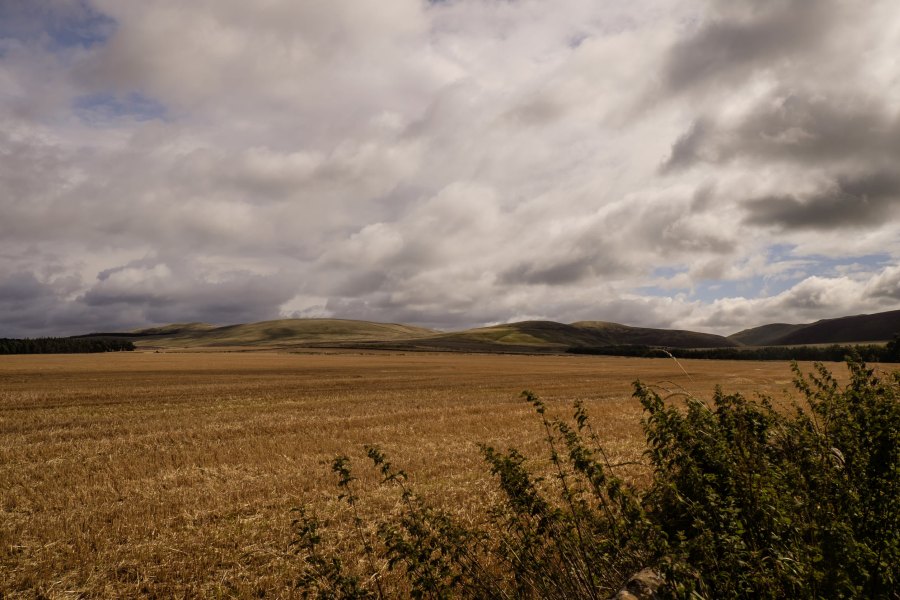
Space technology has helped create a new interactive map breaking down agricultural land use in Scotland.
Crops in every field farmed have been recorded by satellite imagery from the European Space Agency's (ESA) Copernicus Satellite Programme.
The Scottish Crop Map uses data from 2019 to predict the crop types using radar images and to recognise the crops growing in nearly 400,000 fields in Scotland.
The map has been developed by the Scottish government working in collaboration with EDINA at the University of Edinburgh.
EDINA built a data ingest process for the satellite data and provided expertise for modifying the data pipeline.
Rural affairs secretary Mairi Gougeon said the map would provide greater insight into rural land use in Scotland.
"Future iterations of the map could have a significantly broader scope of use, providing real time data that would help with community and farm level land-use planning and management.
“The statistics we have on Scotland’s agricultural sector typically rely on surveys being completed by a large number of farmers.
"Gathering data in this way would reduce the amount of time our farmers and crofters have to spend reporting this," she said.
In order to help improve the map's accuracy, and before further developments are made to track minor crops, farmers are being asked to review it and report any inaccuracies in the crop identified.
Ms Gougeon said engagement with farmers and crofters with their local knowledge was 'vital' and would help develop future iterations of the map.
Gavin McLachlan, vice principal University of Edinburgh added: “EDINA has been working with the agricultural sector for many years.
"As well as providing satellite data expertise to develop the project, EDINA is also a champion of ensuring data is understood by wider audiences.
"Developing the spatial presentation of the data, to provide maximum benefit to the farming community, was an important element of the project.”
